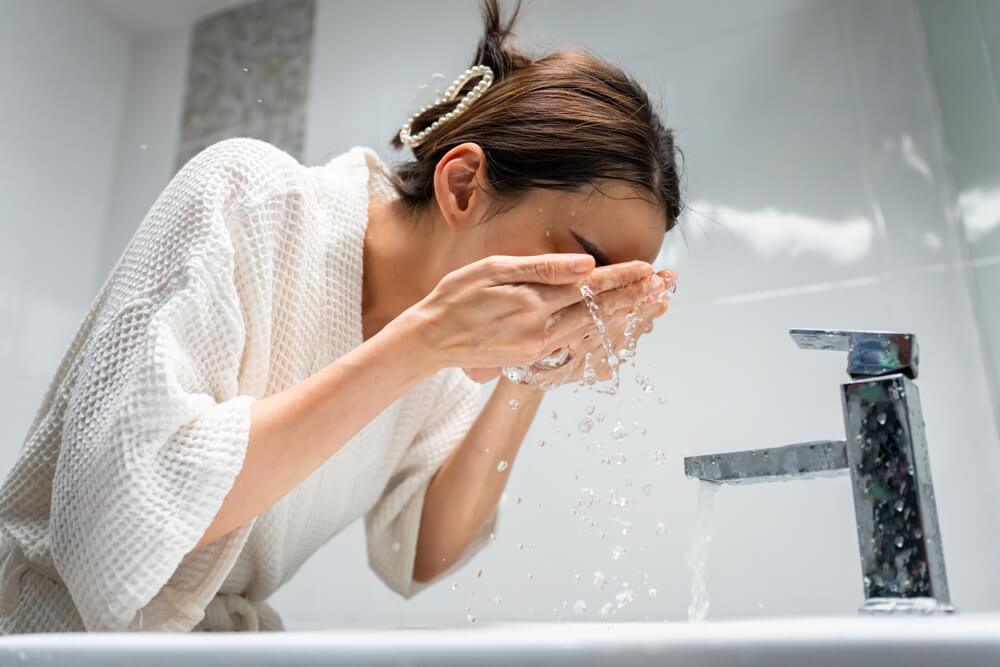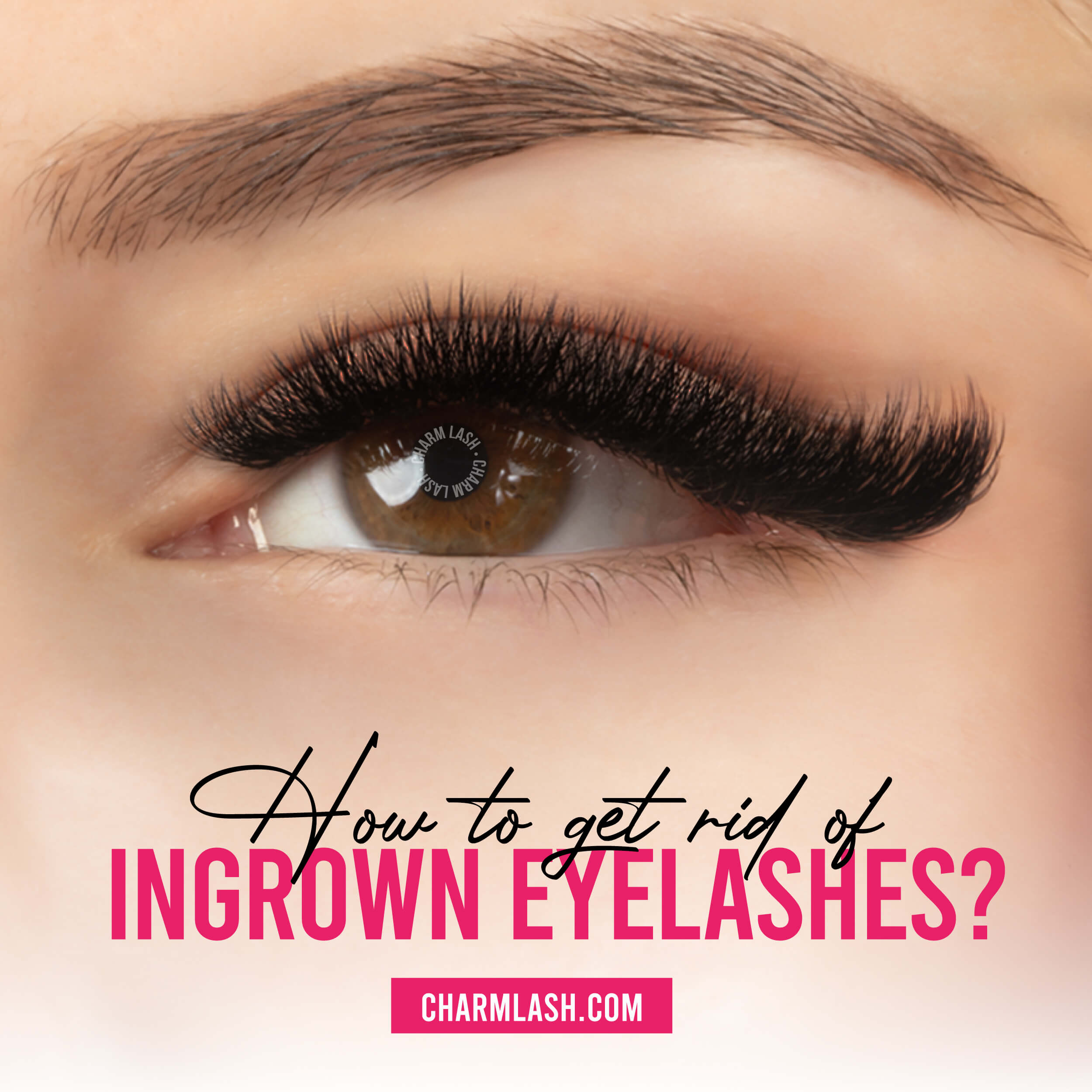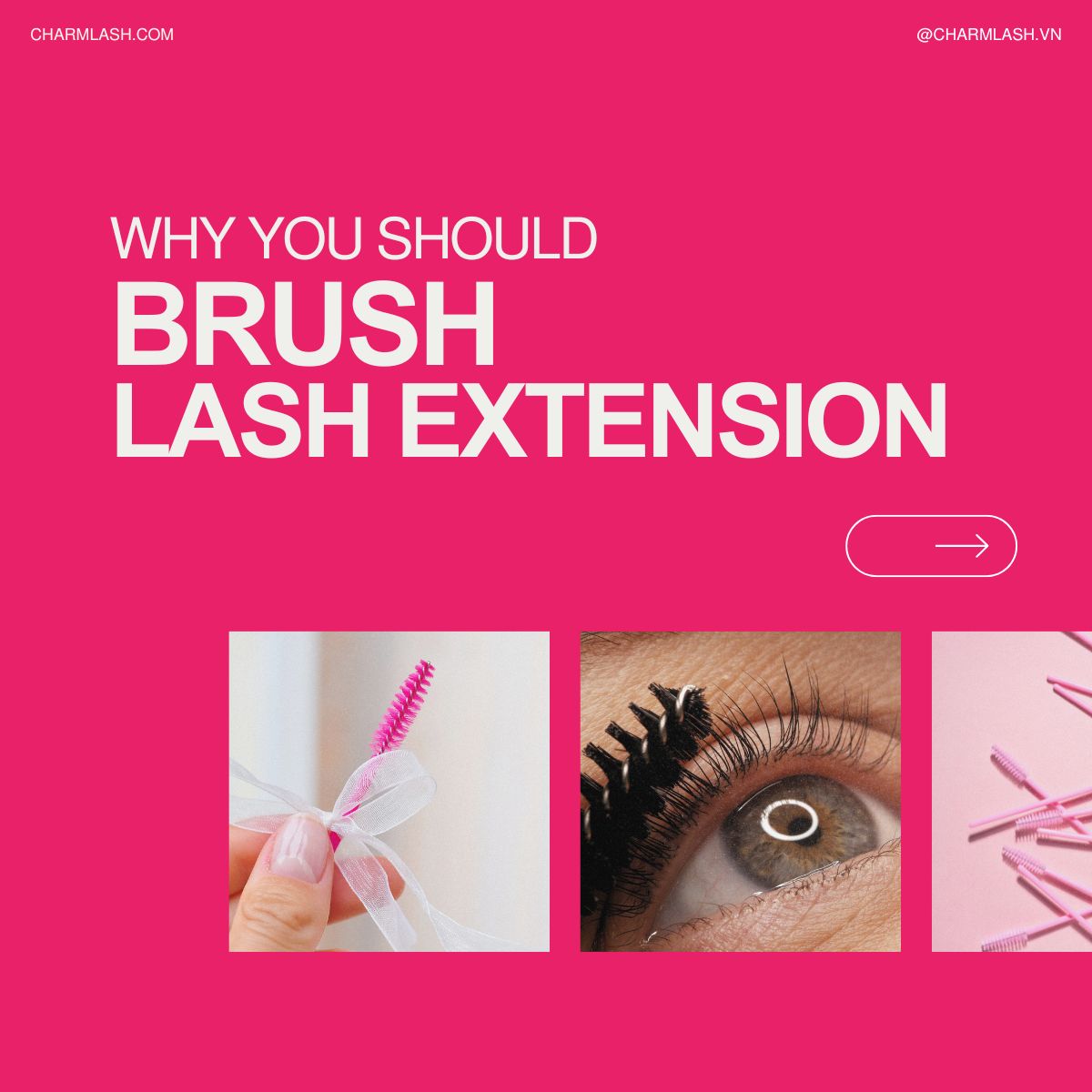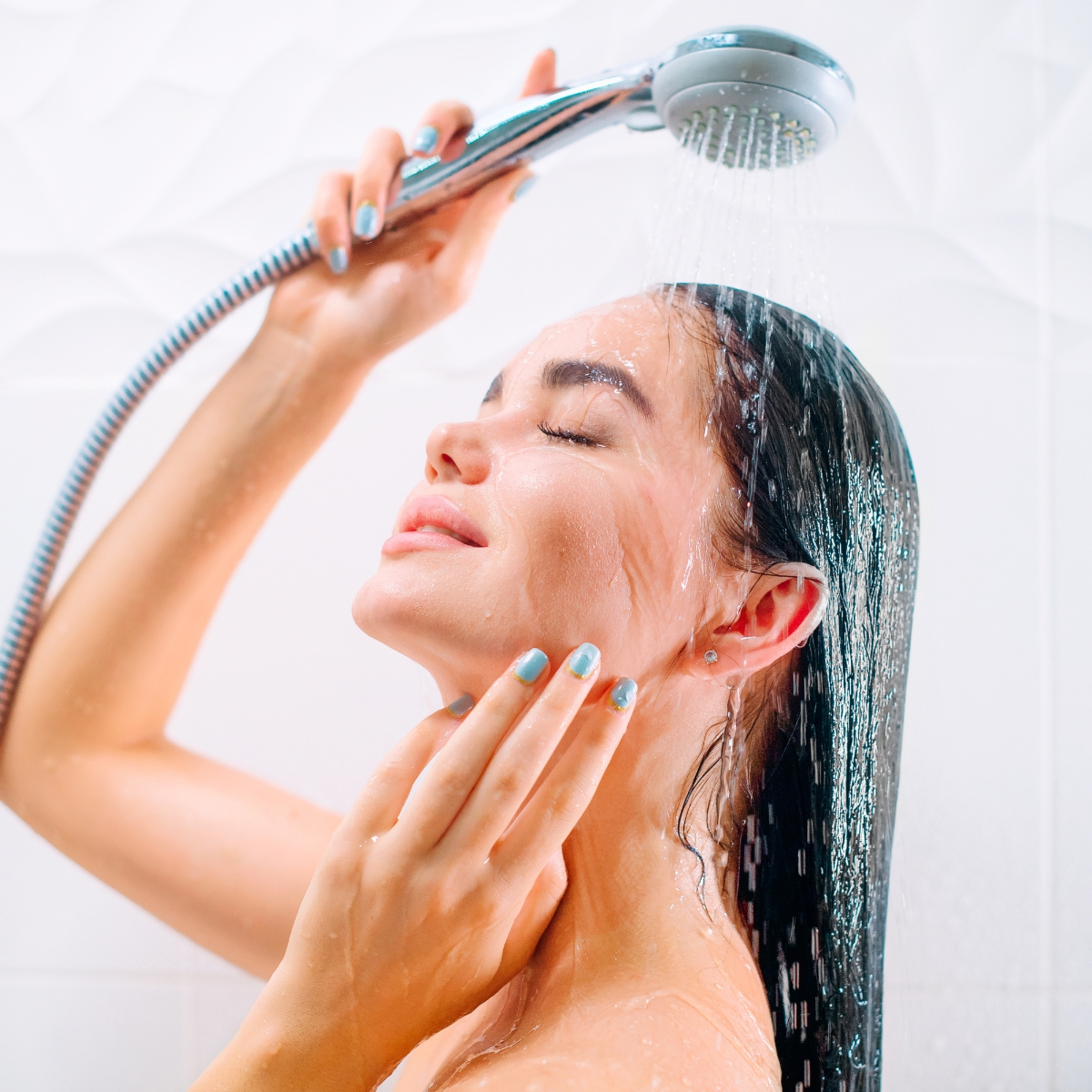Blepharitis can be a bit of a challenge for many lash artists, especially when clients experience these troublesome symptoms. While it may sound worrisome, don’t worry! Blepharitis from eyelash extensions is quite common and manageable, even for those who love their lash extensions.
Understanding what it is, why it happens, and how to keep it in check is the key to enjoying beautiful lashes while maintaining eye health. Here, we’ll dive into the causes, symptoms, and steps to prevent and manage blepharitis—keeping both your eyes and your lash extensions looking and feeling their best.
Understanding blepharitis
Blepharitis is a common condition where the eyelids become inflamed. Several factors can cause this inflammation, and there are a couple of types to be aware of.
One form of blepharitis, anterior blepharitis, is often due to an overgrowth of bacteria. We all have a bit of bacteria at the base of our lashes, but when it’s excessive, it can lead to eyelash infection and inflammation. Anterior blepharitis can also occur when tiny Demodex mites, which naturally live in our eyelash follicles, become overpopulated.
Posterior blepharitis, on the other hand, happens when the oil glands in the eyelids (meibomian glands) get clogged. Those with conditions like rosacea or dandruff are at higher risk for posterior blepharitis. Other contributors include eye allergies and wearing contact lenses, which can increase the likelihood of inflammation.

Blepharitis can be a main cause of dry eye disease. This condition is more than just having dry eyes from time to time; it’s a chronic problem that disrupts everyday activities and may lead to mental health challenges over time.
Symptoms of blepharitis
Blepharitis symptoms tend to be worse in the morning but can strike anytime. Here are some common signs:
- Red, swollen eyelids
- Dry eyes
- Crusted eyelashes
- Flaky skin around the eyes
- Itchy, gritty, or irritated eyelids
- Eyelids that appear greasy
- Light sensitivity
- Gritty or burning sensation in the eyes

In more severe cases, it may lead to:
- Blurred vision
- Eyelashes to fall out
- Abnormal eyelash growth
- Swelling of the cornea or other areas of the eye
Blepharitis from eyelash extensions
Blepharitis from eyelash extensions is commonly linked to a buildup of bacteria around the lash line. Although everyone has a small amount of bacteria in this area, factors like mascara, contact lens, and lash extensions can lead to a buildup. Clogged oil glands around the eyes also play a role.
Most blepharitis cases from lash extensions stem from allergic reactions to lash glues, which often contain common allergens like latex and ammonia. In most cases, blepharitis arises due to the improper application when lash artists place lash extensions too close to the natural lash line. Beyond allergies, poor hygiene issues of the technician, tools or environment can lead to further irritation and symptoms of blepharitis.
Other complications can arise because of poor eyelid hygiene in the application process (pre-treatment). It may be difficult to properly cleanse the eyelids and remove eye makeup, especially mascara and eyeliner. Makeup can build up in the hair follicles and lead to eyelash extension infections and symptoms of blepharitis.
How to treat blepharitis from eyelash extensions?
There’s no tried-and-true way to prevent blepharitis from eyelash extensions, but there are a few things that can help, including:
1. Tips in mind
- Practice Good Hygiene: Wash your face and eyes at least twice daily. Always wash your hands before touching your face or eyes to prevent the spread of bacteria.
- Avoid Triggers: Try to limit the use of makeup, mascara, and contact solutions, as they may contribute to blepharitis symptoms.
- Reduce Bacteria Spread: If you want to keep wearing lash extensions, replace mascara every three months and use fresh, non-expired contact solution. Make sure to have your extensions done by a trained and licensed professional using sanitized equipment.
- Apply a cold compress: If you’re experiencing a flare-up of blepharitis from eyelash extensions, your eyes may feel inflamed. Applying a cold compress can help soothe and cool your eyes, providing some relief.
- Apply a warm compress: A warm compress can effectively treat blepharitis after lash extensions by helping to loosen the meibum in the meibomian glands along the eyelids. This allows the glands to open and facilitates smoother oil flow, reducing build-up.
2. Properly wash your eyelids
To treat blepharitis from eyelash extensions, properly washing your eyelids is crucial! Here’s a simple step-by-step guide to help you:
- Wash your hands thoroughly.
- Place a small amount of mild cleanser on a clean, damp cloth.
- Hold the cloth gently on your closed eyelids for a few minutes to help loosen any crusts and open the oil glands.
- Gently rub the cloth across your eyelids.
- Rinse your eyes with clean water

3. Seek medical eye-care
Over-the-counter artificial tears can also help with dryness. If symptoms don’t improve, it might be necessary to have them removed to help reduce the symptoms. After that, it’s necessary to meet eye doctors and they’ll prescribe eye drops or antibiotics, depending on the cause. Based on your symptoms, they might prescribe:
- Steroid eye drops: These can help reduce eyelash pain, redness, and inflammation. A 2012 study showed that eye drops and/or ointments resolved symptoms in people with blepharitis from eyelash extensions.
- Antibiotics: If your doctor believes bacteria are responsible for your blepharitis, they may prescribe antibiotics in the form of capsules, cream, or eye drops.
In some cases, underlying conditions like rosacea, psoriasis, or dandruff could be triggering your blepharitis symptoms. If this is the case, your doctor will treat the underlying condition.
How to prevent blepharitis from eyelash extensions
The best way to prevent blepharitis from eyelash extensions is to do your research, observe the salon environment and follow eyelid hygiene post-procedure.
- Pay attention to the cleanliness of the room and surroundings for any visible hygiene concerns. The technician should sanitize all tools that will come into contact with clients’ faces.
- Opt for a valid license (which is required in most U.S. states). You should also wear gloves or wash your hands right before touching the client’s skin.
- Patch test and always check for potential allergens and the ingredients list in lash glue or other products that will be applied to clients’ eyes.
- We highly recommend cleaning your eyelids every day with a safe lash shampoo. Soothing lash foam cleanser is a great option to support your lash extension routine. They feature botanical ingredients like green tea and acid citric, which deeply cleanses, hydrates, and boosts lash growth, and lash retention while still protecting lashes from bacteria.
- In the evenings, apply a warm compress to your eyes after the procedure.
- Remove your contact lenses before getting lash extensions.
- We strongly advise that you should never try to remove lash extensions at home, especially if you experience a reaction. This could cause harm to your eyes. Instead, visit a professional to remove them safely.
- To safely remove eyelash extensions, we highly recommend using a professional-grade lash remover specifically designed for lashes.

FAQs about blepharitis and eyelash extensions
1. Do lash extensions blepharitis go away?
Experts explain that blepharitis doesn’t completely disappear, but you can manage symptoms and prevent flare-ups with simple at-home remedies. Daily eyelid cleaning and using artificial tears as needed can help. Cold compresses can soothe flare-ups during the day, while a warm compress at night can improve symptoms.
2. Can lash extensions cause blepharitis?
It’s really depends on lash artists. Blepharitis from eyelash extensions can arise due to improper hygiene or an allergic reaction to the glue. To lower the risk, maintain daily eyelid hygiene and choose a licensed professional for your extensions.
3. How do you treat blepharitis from eyelash extensions?
For mild blepharitis, at-home treatments can be effective. Cleanse your eyelids daily with a gentle wipe, use cold compresses for flare-ups, and apply a warm compress in the evening. Avoid wearing makeup and contact lenses while experiencing symptoms. If symptoms persist or worsen, consult with an eye doctor who may recommend antibiotic ointments or eye drops.
4. Can you get lash extensions if you have blepharitis?
It’s not advisable to get eyelash extensions while experiencing active blepharitis. First, treat your symptoms with eyelid wipes, artificial tears, and a warm compress. Once symptoms clear, consult your eye doctor to reduce the risk of complications.
5. Can I get eyelash extensions with dry eye syndrome?
If you have dry eye syndrome, eyelash extensions might increase the risk of complications, such as blepharitis or meibomian gland dysfunction, and can worsen dry eye symptoms. Minimize these risks by addressing dry eye first with proper eyelid hygiene, preservative-free artificial tears, and eye-healthy lifestyle changes.
Wrap-up
Save this guide and remember: safety is always the top priority! By following these precautions, you’ll not only craft gorgeous lash looks but also ensure your clients’ eyes stay healthy and happy all day long. Happy lashing!
Follow us on Instagram for more helpful lash tips!
MAYBE YOU WANT TO KNOW MORE:
Red eyes after lash extensions and how to treat it


















